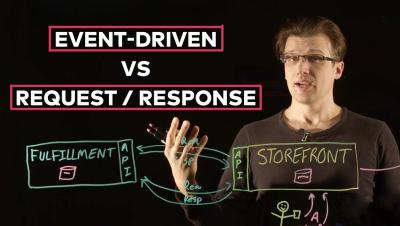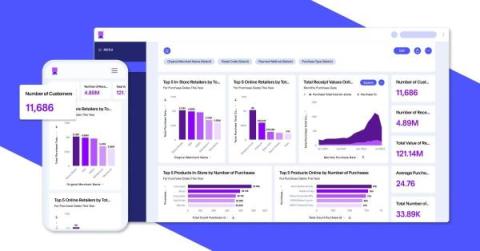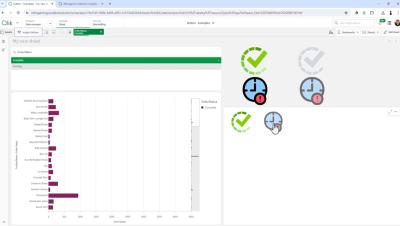Data Governance Framework: What is it? Importance, Pillars and Best Practices
Data forms the foundation of the modern insurance industry, where every operation relies on digitized systems, including risk assessment, policy underwriting, customer service, and regulatory compliance. Given this reliance, insurance companies must process and manage data effectively to gain valuable insight, mitigate risks, and streamline operations.











